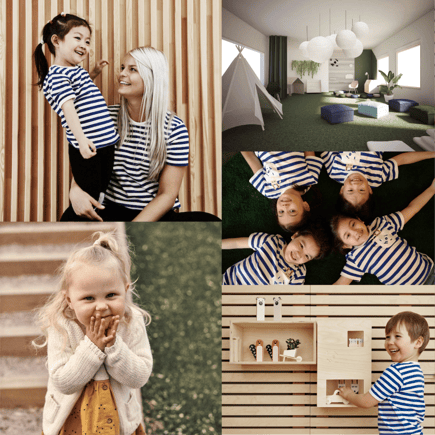World-famous early education for your kindergarten
When planning to open a kindergarten, one of the most fundamental things one considers is the pedagogical approach. Pedagogy is the heart and soul of any school or kindergarten. If you’re interested in bringing the world-famous Finnish early education to your region, keep on reading!
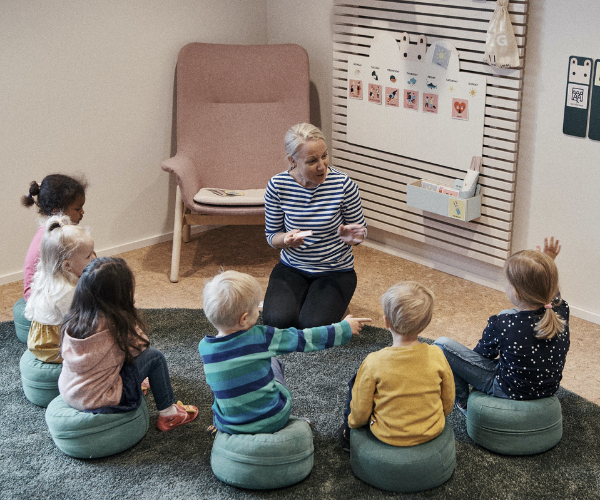
Finnish Early Education in a Nutshell
In Finnish early childhood education, we believe that children grow, develop and learn through interaction with the people and environment around them. The concept of learning is based on the idea that the child is an active and competent learner.
Finnish early education is built on the following principles:
Holistic learning
Learning is a holistic process and it takes place everywhere and all the time, not only during teacher-guided activities. Whether it’s playing, dressing up, having a meal or unwinding, children learn valuable skills. Finnish early education addresses all aspects of a child’s growth, not just their academic advancements, with a focus on children's wellbeing.
Play-based pedagogy
Playful experiences evoke joy, and this positive emotion enhances learning processes. Through playful activities in different learning environments and with the support of their teachers, children build their knowledge and skills across all learning areas.
Play allows children to utilize everything they have learned, use it in various contexts and build connections between learned items that would otherwise remain disconnected pieces of information.
Variation and repetition are key components of learning, play offers thousands of enjoyable moments for children to practise what they have learned.
They also get to interact with others and strengthen their social, communication and negotiation skills.
Play is both child-initiated free play and teacher-led more structured play. Both have their own role in the HEI Curriculum.
Children’s active participation in activities strengthens the child’s self-image as a person and as a learner.
Transversal skills / 21st century skills
In addition to teaching academic skills, the Finnish early education focuses on transversal skills also called as future skills, which refer to a broad set of knowledge, skills, work habits, and character traits.
Children learn to connect their knowledge throug different subject areas and they acquire soft skills like communication, collaboration and multi-literacy. These competencies also contribute to children's sense of identity, participation and agency.
Inclusion and equality
Finnish early childhood education is also built on the principle of inclusion. It emphasizes early intervention and providing individual support for each child regardless of their needs. This helps create a positive and safe environment for children’s growth, development and learning.
Learn more about special needs and inclusion in Finnish ECE.
How does the Finnish education model compare to...
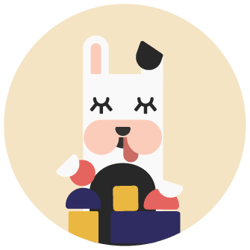
Montessori
Both take a child-focused approach, but Montessori highlights individual learning.
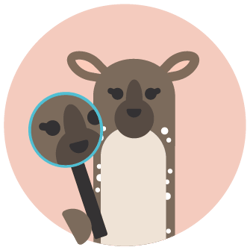
Reggio Emilia
Both value the inquiry-based approach, but Reggio Emilia has less guidelines.
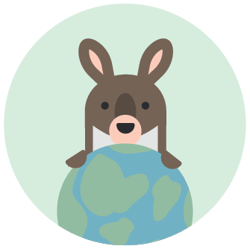
IB PYP
Both acknowledge the central role of the learner and value transdisciplinary learning.

Conventional ECE
Pen and paper versus play, academic focus versus holistic approach and more.
Key considerations when opening a kindergarten

Choose an educational philosophy
The typical first step is choosing the right educational philosophy and curriculum. Naturally the approach has to align with your values and core beliefs. It will also need to appeal to families in your community.
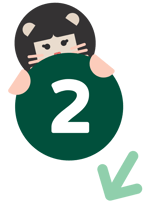
Determine your competitive edge
There are several factors that contribute to the competitiveness of a kindergarten. The location of the school, the student-teacher ratio, the curriculum, the space design and overall facilities, extra activities like after-school clubs, teaching staff qualifications and optional aspects like bilingual teaching are just some of the many that can give you an edge depending on your circumstances.

Select the business model
The owner of the kindergarten can choose between different business models; your kindergarten can be solely developed by the internal team, even starting from the curriculum. This model requires a lot of knowledge and experience from the team and can take time to materialize. A faster route may be licensing or franchising an existing brand and concept as those models include a ready-made concept and curriculum and perhaps also a recognizable brand that resonates with the target audience. HEI Schools Learning Center concept is a licensed model that includes both the brand and everything from space concept and curriculum to continuous support and HEI community.

Find a suitable location
This is probably the most difficult task in this process regardless of the country or city. Locations for kindergartens are often limited and one must also consider the neighborhood and its demographics. Would the educational approach appeal to local families and are there enough children to fill the kindergarten? Is the location easy to access by car or public transportation and is there space for outdoor playing?
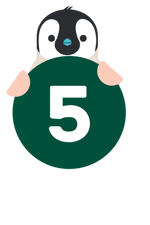
Choose a partner
Finally, one should choose an external partner to accomplish their vision for the kindergarten. When you find an expert on the education approach you've chosen, they can deliver the curriculum and possibly teacher training and other fundamental elements. Some things to consider when choosing a partner include experience and reputation, credibility, the level of curriculum development and teacher training options.
Why choose HEI Schools?
The HEI Schools concept is inspired by education model of Finland and co-founded by the University of Helsinki, ranked among the best 100 universities in the world. HEI Schools offer two options for kindergarten operators: Learning Center concept for those interested in running a kindergarten under HEI Schools brand and Toolkit curriculum for owners' operating kindergarten under their own brand.
Why choose HEI Schools?
- Leading provider of Finnish early education
- Experienced partner - our first partner-operated kindergarten opened in 2017
- Concept and curriculum are used in 50+ countries
- Proven to work outside of Finland
- Award-winning concept
